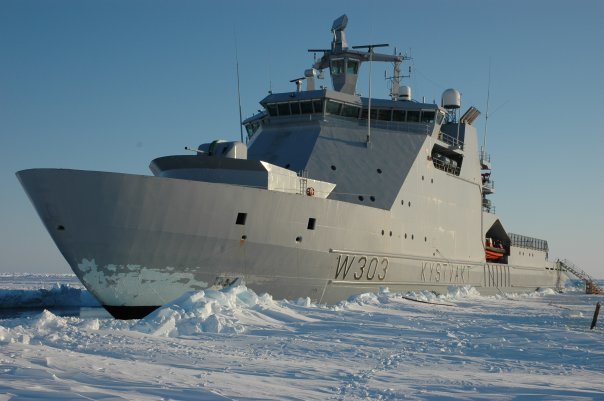On the first Sunday in May every year, we remember the Battle of the Atlantic, one of the major contributions to allied victory in World War 2, and the Canadian part in that multi-year battle:
The Battle of the Atlantic campaign was fought at sea from 1939 to 1945 with the strategic outcome being sea-control of the North Atlantic Ocean. It was the longest, largest, and arguably the most complex campaign of the Second World War. Over the course of 2,075 days, Allied naval and air forces fought more than 100 convoy battles and perhaps 1,000 single ship actions against the submarines and warships of the German and Italian navies. Enemy vessels targeted mainly the convoys of merchant ships transporting material and troops vital to safeguarding the freedom of the peoples of North America and Europe.
On any given day, up to 125 merchant vessels were sailing in convoy across the North Atlantic. It was during these treacherous, stormy crossings that Canada’s navy matured and won the mantle of a professional service. Our navy escorted more than 25,000 merchant vessels across the Atlantic. These ships carried some 182,000,000 tonnes of cargo to Europe — the equivalent of eleven lines of freight cars, each stretching from Vancouver to Halifax. Without these supplies, the war effort would have collapsed.
Thousands of Canadian men and women – members of the Royal Canadian Navy (RCN), the Merchant Navy (MN) and the Royal Canadian Air Force (RCAF), mostly volunteers from small town Canada – had to face situations so perilous they are difficult for us to imagine. As Canadians, we should be proud of their courage.
Although largely unprepared for war in 1939, Canada’s navy grew at an unparalleled rate eventually providing 47 percent of all convoy escorts. Rear Admiral Leonard Murray, who as Commander-in-Chief Northwest Atlantic from March 1943, would become the only Canadian to hold an Allied theatre command during the war and direct the convoy battles out of his headquarters in Halifax.
During the Second World War the RCN grew from 13 vessels to a strength of nearly 100,000 uniformed men and women and nearly 400 vessels, the fourth largest navy in the world. It had suffered 2,210 fatalities, including six women, and had lost 33 vessels. It had destroyed or shared in the destruction of 33 U-Boats and 42 enemy surface craft. In partnership with Canada’s maritime air forces and merchant navy, it had played a pivotal and successful role in the contest for seaward supremacy.

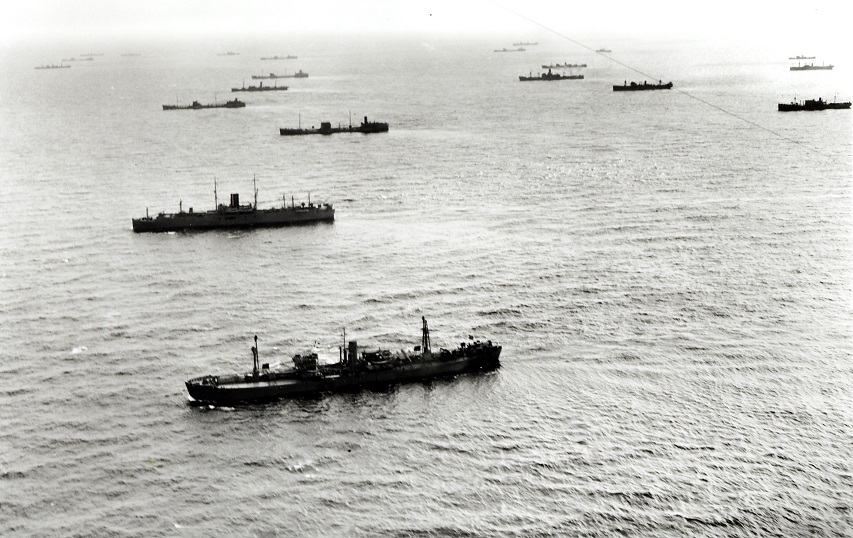
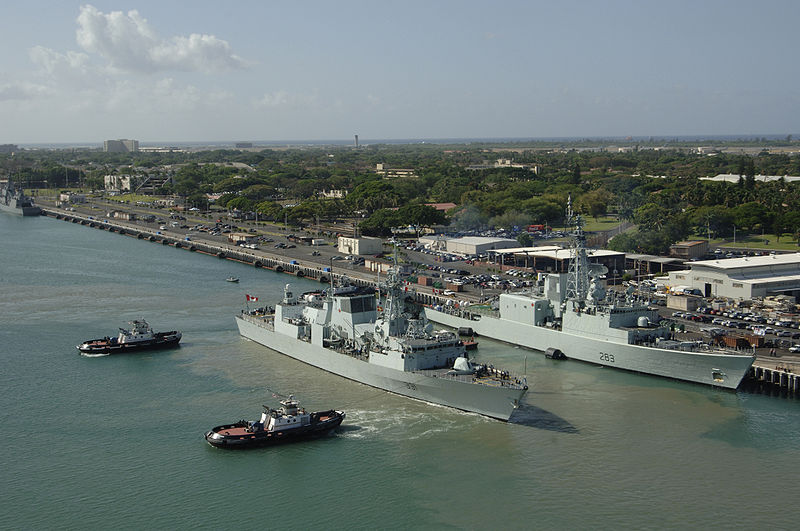
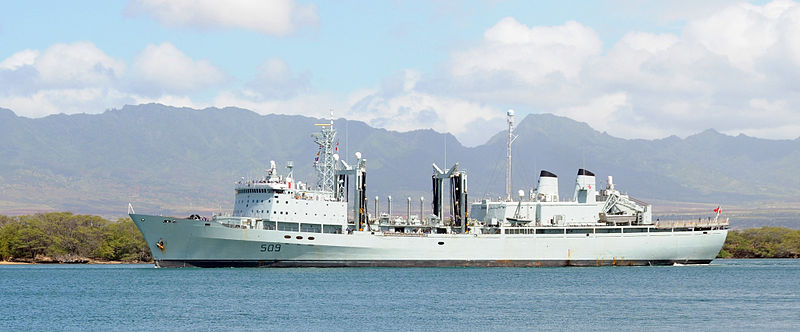
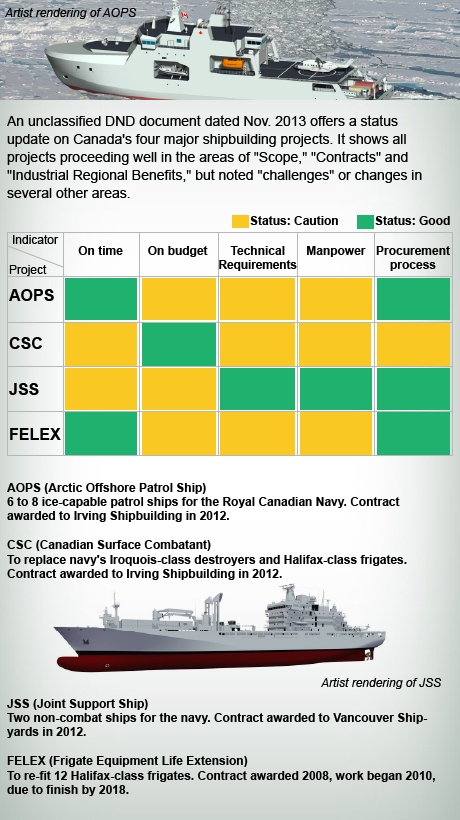
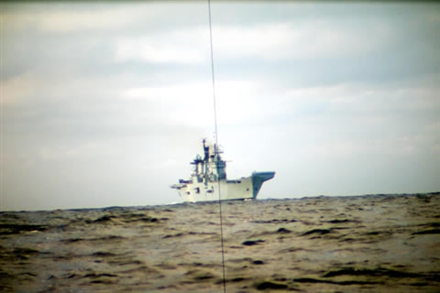
 The Royal Canadian Navy is still operating the Sea King helicopter — which is 50 years old — and the planned replacement helicopters appear to be
The Royal Canadian Navy is still operating the Sea King helicopter — which is 50 years old — and the planned replacement helicopters appear to be 